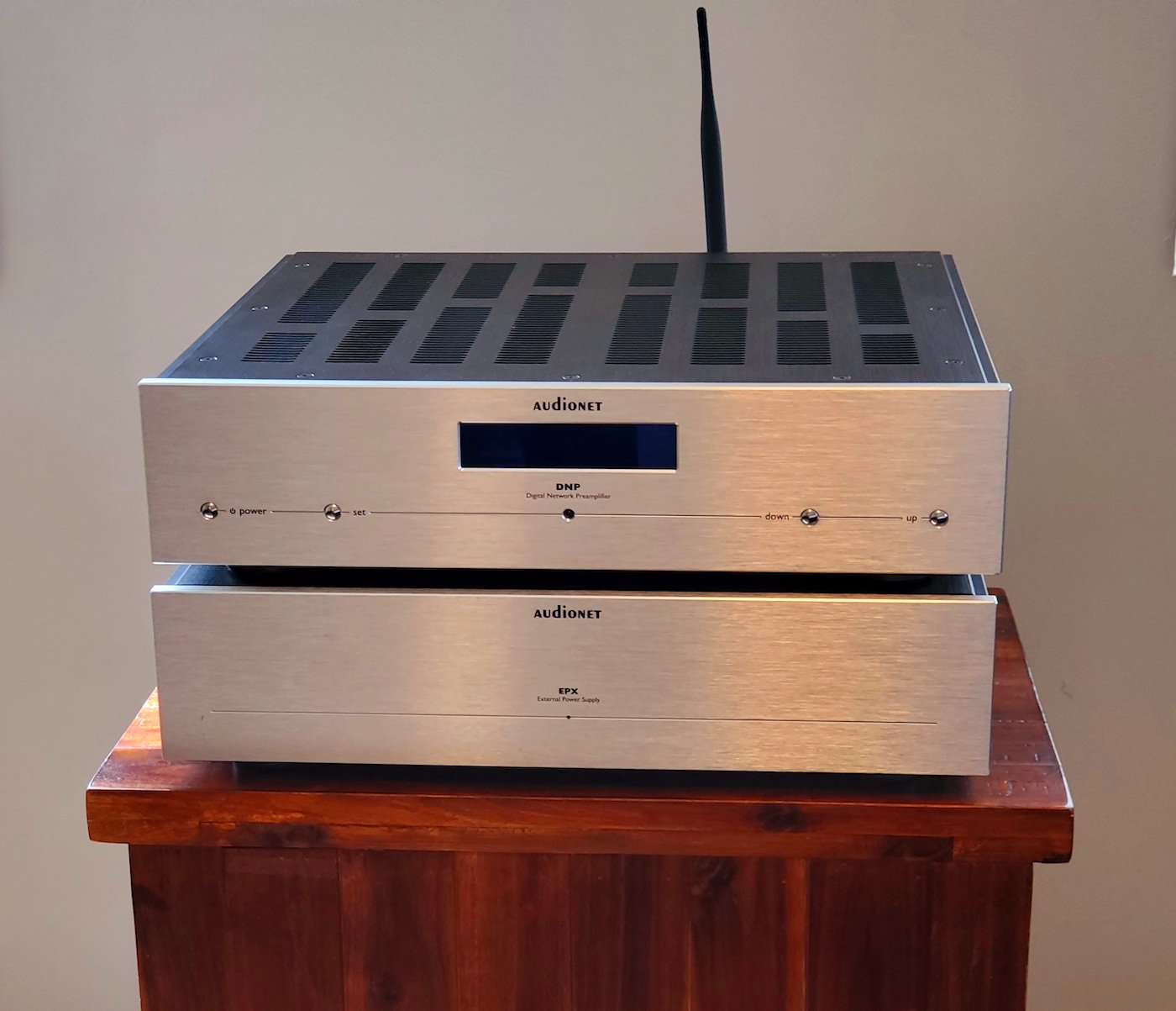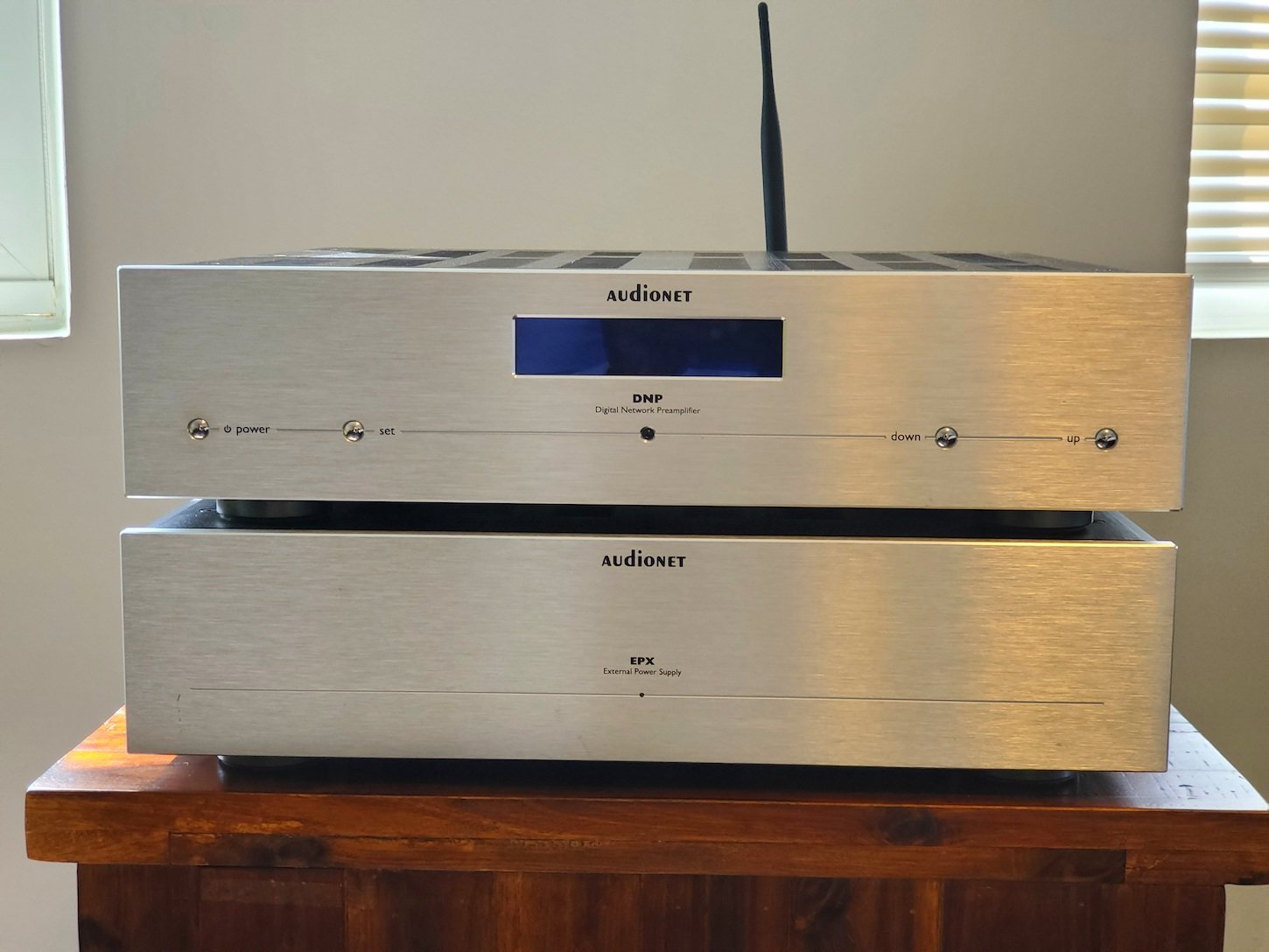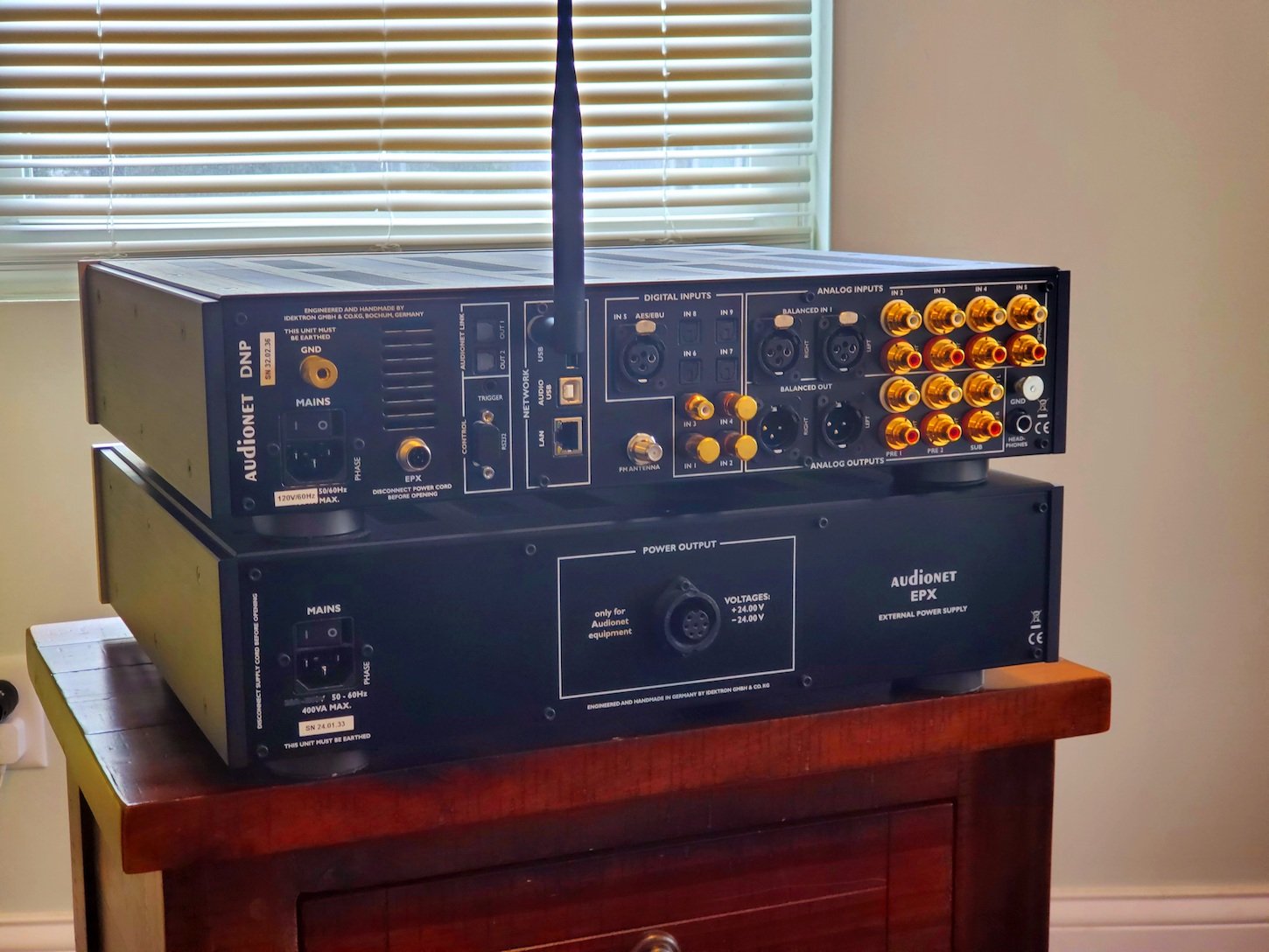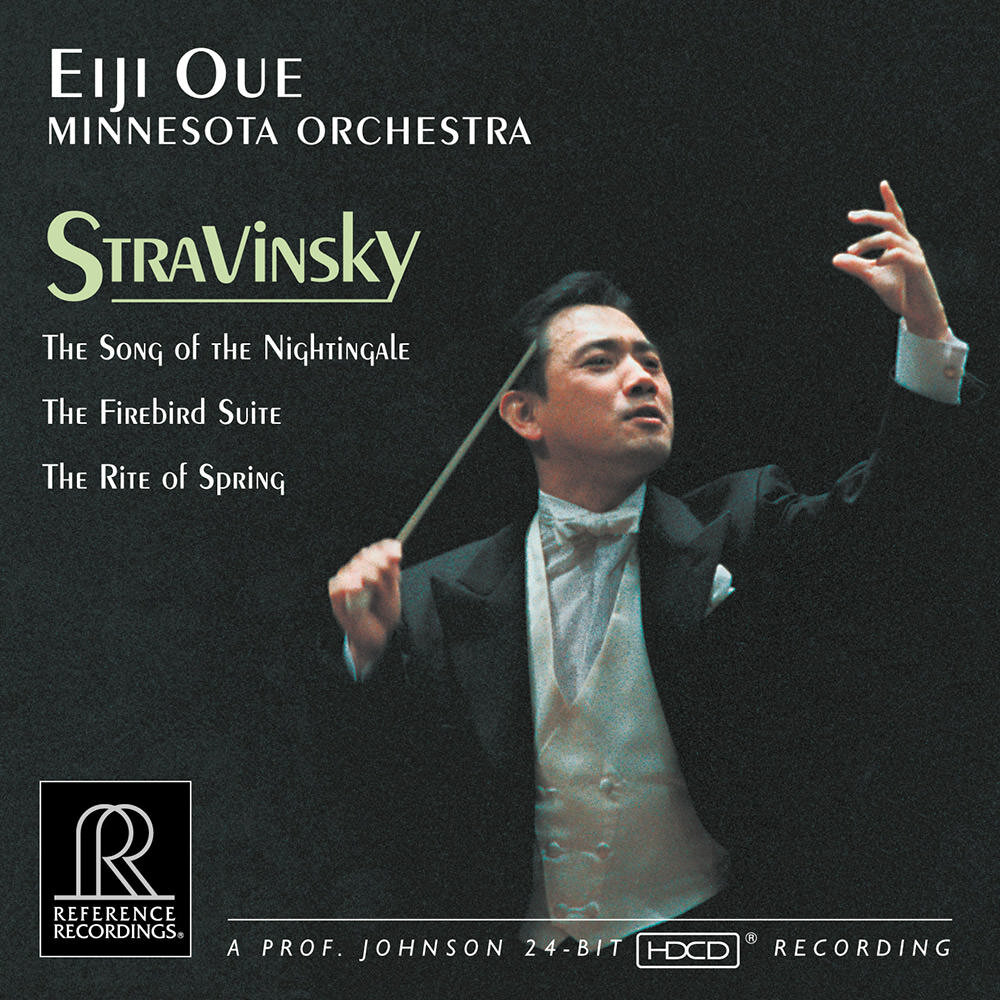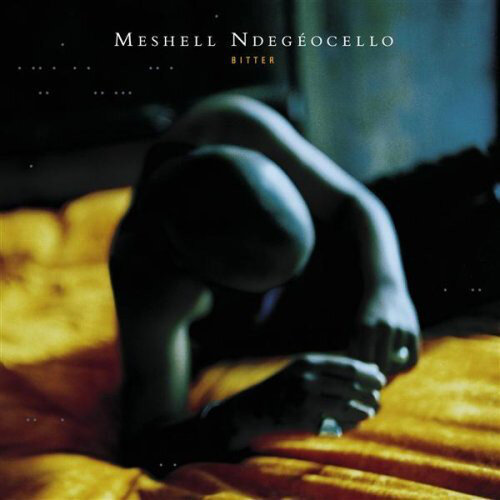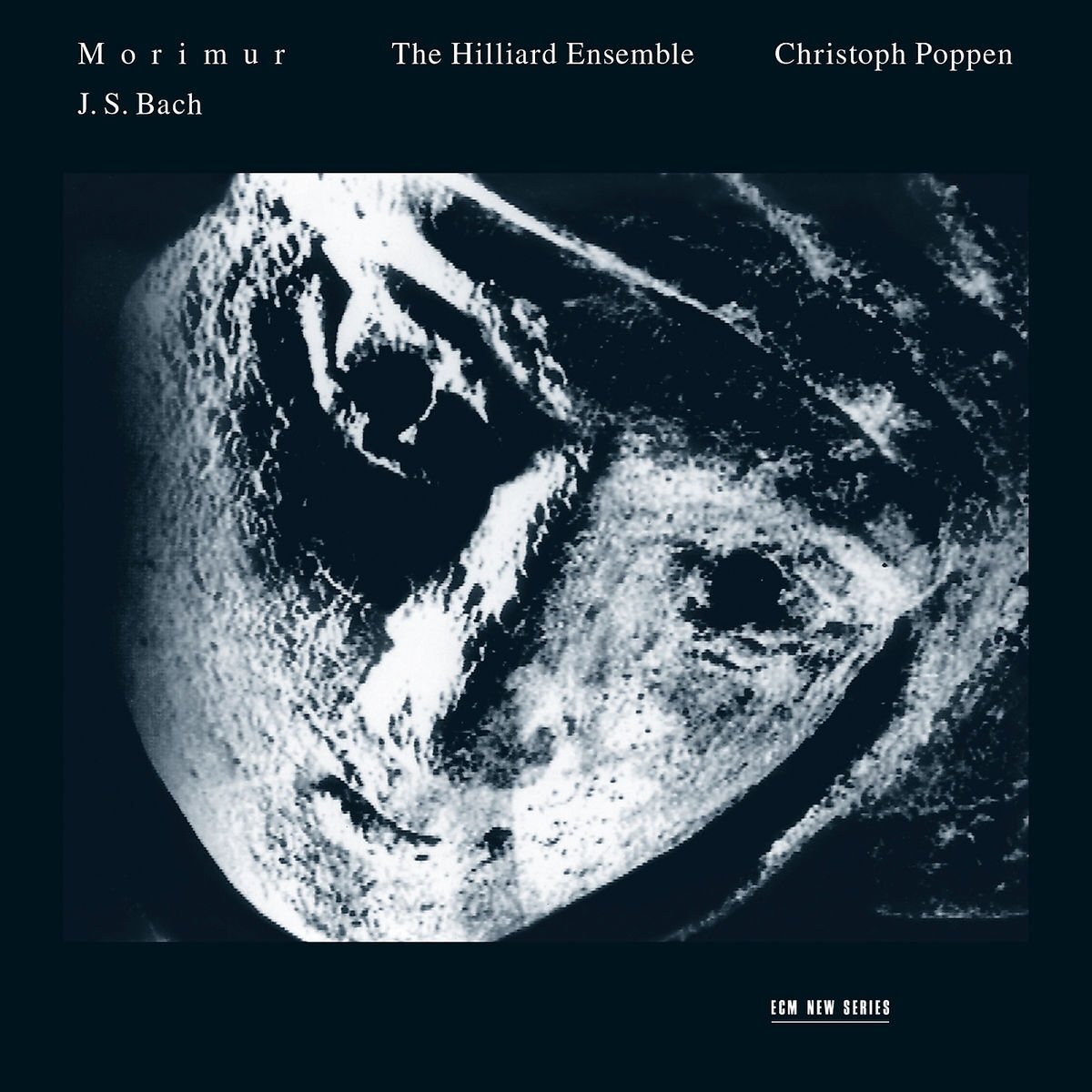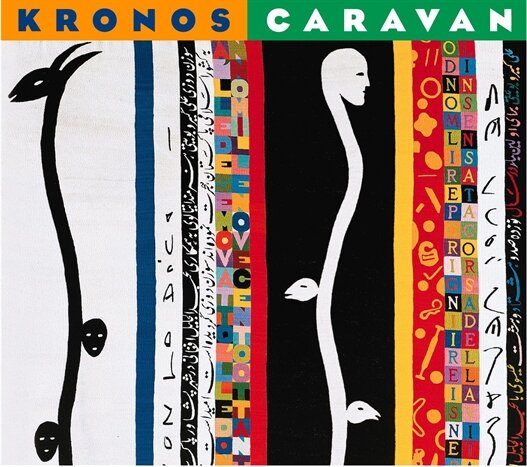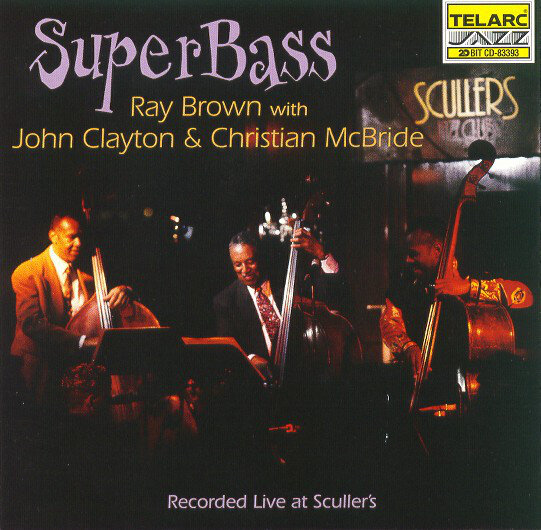AUDIONET DNP/EPX -REVIEW
A Potent, Dynamic, Incisive Duo!
I had spoken with Bill Parish of GTT Audio about theAudionet DNP, as it seemed quite the robust overachiever of a DAC and I was definitely interested in hearing and reviewing it. However, after completing the review of the Mola Mola Tambaqui DAC, a Diamond Award winner and the Best Product of the Year for 2021, let’s just say that I needed a bit of sherbet or seasoned ginger to clear the palette. Thereafter, a number of non-DAC products would be the subject to review. Palette sufficiently cleansed it was time for the Audionet DNP review.
The Audionet DNP is a quite different species to what we are accustomed to here at AudioKeyReviews, though not entirely. It is incisive, in terms of its ability to excavate detail and bring clarity. Its “color” is neutrality, though not subtractively so. And it is extraordinarily dynamic! We have reviewed neutral and very dynamic DACs, integrated amps, etc., but none that have come as near to the neutral zone as does the Audionet DNP and also none as dynamic. My initial impressions were that it was quite good. Though something I could not yet put my finger on was missing.
The DNP was inserted into numerous configurations with solid state, tubed, and electrostatic tubed and solid state headphone amplifiers and in some it was, again, quite good, while in other configurations something appeared to be missing. Warmth, air, engagement, that last iota of detail which the Mola Mola Tambaqui rendered so beautifully, so competently.
I discussed this all with Bill and his recommendation—cleaner power. The cleaner power that he was referring to was the Audionet EPX external power supply. Yes, clean power can do and has done wonders for my systems over the years, so I am definitely a proponent of well executed power generators, transformers, etc. I asked Bill to send the EPX along. Mind you, it too is quite the robust, as in large, component. There would now be two Germanic leviathans set upon the listening desk.
When the Audionet EPX eternal power supply showed up, I removed it from the selfsame, gargantuan box that its kin had come in, delivered the box to the basement, and set to connecting the EPX to the DNP, and to the system.
Well, from the first few notes, things got very interesting, very quickly, but more on that below.
REFRAIN: Unlike most reviews, this review will be non-sequential, as it will start with how the components actually sound and not the process of physically “undressing” them and/or laying out their various parts, specifications, etc. Think of this review then, as a non-linear movie—Memento, Arrival, Eternal Sunshine of the Spotless Mind, In the Shadow of the Moon, The Queen’s Gambit, etc—that, likewise, starts at the end and winds its way to the beginning. By the way, please watch these movies/series, as they are all very good!
The Sound
Imagine for a moment the Audionet DNP/EPX combo as, say, a boxer. Then the combo would be a young Mike Tyson (prior to criminal offense)—lightning fast, knockout powerful, incredibly deft footwork, and fearless to boot. Yep, that just about sums up the synergy of these two kindred electronic components.
The Audionet EPX merged with the DNP in ways both commanding and rather spectacular that I would never have imagined. The pairing carried its weight and then some, in every system in which it was employed, with none of the earlier concerns. In fact, they had all become reversals—complete opposites of what they had been with just Audionet DNP. Meaning?
The level of detail was now extraordinary and what was excavated by the Audionet tandem made easy work for the electrostatics and the electrodynamics downstream to serve up for audible consumption and enjoyment. “Yeah, yeah,” some might say, “you heard things that you’d never heard before on very familiar music. Right…?” Well, yes, as I’ll happily describe below. And it was not at all subtle. No sireee!
I also can’t forget the blazing transient speed, which turned those anticipated, here-it-comes, ho-hum moments, across track after track, to startling, what-the…(!) moments. Yes, there will absolutely be those kind of “what-was-that” moments with familiar recordings with the Germanic dynamic duo allied to one’s system.
And air and engagement, crystal clarity and, yet, a wonderful naturalness were present across every recording, fortunate enough to have been well recorded and not tweaked and or compressed to imminent musical death (for mass appeal).
The Audionet DNP/EPX DAC’s volumetric cube—its soundstage—is massive, offering great depth, width, and height that would best be described as ‘Cathedral’ like. Further, there is excellent separation, pinpoint imaging, and layering, which allows eyes-on performers across stage depth and width. Suffice to say, that all downstream equipment fell in love with combo and were anxious for its company (as was I).
The Audionet DNP/EPX DAC for the purpose of the review was allied primarily with the TOTL electrostatic headphone amplifiers—LTA Z10e, STAX SRM-T8000—and the various electrostatic and other headphones—STAX SR-009S, STAX SR-007A, STAX SR-L700MkII, Dan Clark VOCE, MEZE Empyrean—to tease out its incredibly resolving power, incisive detail retrieval, drive, clarity, and its naturalness.
Bass
Thunderous! Eiji Oui’s “V. Infernal Dance of King Kashchey” (Stravinsky, Reference Recording) plays and the first notes rendered via the Audionet DNP/EPX duo via the STAX SRM-T8000 (review coming—AudioKeyREVIEWS! Magazine) are potent, driving, dynamic, and thunderous! Can electrostatics dive deeply into the sub-bass regions and take control of the Holy-Bass-Head-Grail, with the proper accompaniment? H. E. Double Toothpicks, yes! I cannot stress enough what the proper synergy is capable of and with the Audionet DNP/EPX duo conducting the digital bits and bytes, well, see declarative statement above. And as the explosive crescendo of “Infernal Dance of King Kashchey” arrives, well folks, it’s a double-yikes(!), a truly explosive moment. Is there precedent for a DAC, in my experience, to be so incredibly propulsive? Well, not really. Christian McBride, Ray Brown, Marcus Miller, and Mezzanine’s bass test tracks were handled with confidence and poise and, thereafter, were asked by the duo to take a seat and chill. You’ll hear more about this musical, take-no-prisoners, throw-down in conjunction with the STAX SRM-T8000 that came loaded for T-Rex bits and bytes and anything else brave enough to show up. Even the fiercest dynamic swings were ridden by the trio with a wide, bug-catching smile, and uber-unshakeable confidence! I’m keeping ‘em! Well…
Midrange
Fecundity. A fecundity and richness of detail are available on Olafur Arnalds’ Árbakkinn (Island Songs, Mercury (Universal France)) via the duo, previously unheard. Einar Georg Einarsson, Icelandic poet, recites his familiar poem, whose lyrics I have come to know and it is captivating via a wealth of new detail. Yes, there are birds just outside the recording venue, and their songs begin with Einar’s recital and continue throughout Árbakkinn. The level of transparency and resolution and clarity via the DNP/EPX is extraordinary. Andy Bey’s “Angel Eyes” (American Song, Savoy) cues and it is a tight, detailed, yet natural portrayal, that has illuminated every inch of the soundstage and the various players arranged therein, with pinpoint accuracy. This combo will wake a sleeping, lethargic, dynamically restrained system, like a large, in-room, fire engine’s siren would wake those sleeping, in a very small, thin-walled room. Joan Shelly’s “Wild Indifference” (Joan Shelly, No Quarter) cues now and the two opposing guitars—stage left and stage right—are farther apart than I have ever heard them and there is greater weight to them than I have heard before. Joan’s voice is centered, word and phrase are clearly articulated, and sibilance rides the “A Train” to some other continent. There have been more musical and analog renderings of this track and on this the Mola Mola Tambaqui comes to mind. The Audionet DNP/EPX combo, however, lends a weight, a gravitas, and a propulsive, dynamic flow to each of the above tracks that has, to date, not been matched.
Treble+
Laura St. John’s “Gypsy Nocturne” (Gypsy, Well Tempered) cues and what is immediately perceptible, again, is the weight that now attends each strike of the piano keys. Enters Laura’s violin which soberly tells its story in a tight, focused, and treble-high manner, where these notes, seemingly, reach for the moon. Did I mention how the Audionet DNP/EPX combo so easily dispenses lickety-split transients, that most other DACs can only daydream about equalling? Did I mention the air and the quiet, the spaciousness between notes and the astonishing transparency? Vilda Frang’s “Allegro Molto” (Veress: String Trio - Bartók: Piano Quintet, Alpha) cues and the weight and speed of each pluck, knuckle rap, and atonal staccato render a compelling and distinct listen. Transparency and detail illuminate a deep, wide, and air-filled soundstage with players solidly positioned. Texture and timbre are exceptional and allow for the easy differentiation of instruments. However, if a wee bit more richness and sweetness are what you seek, in addition, then, again, the Mola Mola Tambaqui will guide you there, happily so. In sum, this Audionet DNP/EPX duo excels in extended treble reproduction that is suffused with air, attendant weight, incredible transparency, and world-class, transient speed, that together are addictive in the extreme. And the duo’s overall portrayal of music moves one past enjoying a simulacrum of a performance to, simply, being there. Beautiful!
The Wrappings and Accessories
The Audionet DNP/EPX DAC comes in a very large, brown, cardboard box, which contains within another large, brown, cardboard box. And within this box sits, comfortably protected, the Audionet DNP. The EPX, its outboard power supply, has the exact same tailor and as a result their wrappings—boxes—are identical.
Inside the Audionet DNP’s box are included:
· The stereo network preamplifier DNP
· A user's manual
· A standard mains cord
· A green-yellow cord for an additional earth connection
· An F-adaptor for FM connection
· WLAN antenna
· The Audionet Metal Remote Control RC 2
Inside the Audionet EPX’s box are included:
· The Enhanced Power Supply EPX
· The user's manual (that you are currently reading)
· One EPX connection cable
· One standard mains cord
The wrappings of both the Audionet DNP and the EPX are, decidedly, no-nonsense, efficient, bling-free, and straightforward, in that their first and only responsibility is to protect the precious (read expensive) Audionet products contained within. And in this respect they will serve both product and owner well.
Design—Look and Feel
Large. Exceptionally well built. Beautifully designed. Audionet DNP/EPX DAC/Power Supply are built like modern trains—sleek, solid, relatively heavy, and no nonsense, which is thematic throughout all attendant packaging.
The DNP and the EPX are in many ways a symbiotic match, if one was to examine them solely from their front faces. They are near-identical twins, but not quite. The Audionet DNP’s front face, a brushed aluminum, silver-anodized finish, bears four small buttons, with two placed at opposite ends of the front face, a centered, blue indicator light, and a small, rectangular screen, immediately above the indicator light. The screen displays inputs, outputs, volume setting, sampling rates, equalization, FM stations, etc. The EPX, on the other hand, has the selfsame brushed aluminum, silver-anodized finish, but with a single blue indicator light centered on its face.
The rear facade of the DNP is jam-packed! Well, look at it. A total of nine digital inputs, five analog inputs (one balanced), four analog outputs (one balanced), an FM antenna, a Wi-Fi antenna, several network connections inclusive of LAN, USB, WLAN, a 6.3mm headphone output, RS232 control option, etc. Yikes! The EPX, on the other hand, has a single power output connector, that attaches to the DNP, and a receptacle for the female end of the power plug—IEC. Simple.
Perhaps the metaphor relative to the two Audionet siblings is of a very complex personality, reflected via its back or “internal face (DNP),” whose twin is, well, very simple, very straightforward as embodied by its back or “internal face (EPX).” And the Ying-Yang duality provides a rather profound, combined voice, as noted above.
All in all, the German engineered duo’s design, look, and feel speak to impeccable precision, grandness of scale, an attractive, front-facing design, with a very purposeful “internal psycho-social” profile. In short, beautiful executed, physically and technically.
Functionality
The Audionet DNP might well be considered a polymath for the range of options—preamplifier, streamer, DAC, headphone amplifier, room correction, dual subwoofer adjustments, FM Radio, etc.—that it provides for its adoptive parents.
However, for space and word-length considerations—brevity—I will only deal with those functions of the DNP that pertain to its abilities as a DAC. This was the only two way that I utilized the DNP in the various system configurations and only via its USB output as connected to a Roon Nucleus Plus.
The Audionet DNP, a Roon Endpoint, was immediately identified by the Roon Nucleus Plus and easily activated. Within minutes after scrolling through and selecting the USB input from the menu, music was playing. The DNP/EPX combo passed along the music to either the STAX SRM-T8000 or the LTA Z10e and then to the STAX SR-009S or SR-L700MkII or the Dan Clark VOCE.
Some of the functions relevant to its usage as a DAC are:
TIDAL, Qobuz and Deezer in Hifi/HighRes quality: FLAC 44.1kHz/16bit up to 192kHz/24bit
WAV (up to 192kHz/24bit), FLAC (up to 192kHz/24bit), ALAC (up to 96kHz/24bit), AIFF (uncompressed, up to 192kHz/24bit), AAC, WMA, OGG-Vorbis
Sampling frequencies and resolution of the digital inputs: 32 kHz to 192kHz/24bit
Streaming client for internet radio playback and podcast playback (airable.Radio & airable.on-demand and vTuner Internet Radio Service), network devices (UPnP mediaserver) and music data from USB memory sticks
Audionet Intelligent Sampling Technology with asynchronous upsampling up to 192kHz/24bit
It was quite simple when transitioning from DAC to headphone amplifier which required scrolling through the menu and selecting via the remote control “headphone” output.
Should one seek more information on the prodigious functionality of the Audionet DNP, please follow this link: Audionet DNP.
(Please find additional specifications below)
The Specifications
Audionet DNP
Conclusion
I had listened to the Audionet DNP for several weeks, if not longer, and thought it, decidedly, good, though not great. And given its price and its abilities, I had contemplated sending it home. “You’re a good, talented kid, but…,” would be my parting words.
Bill, however, upped the ante. “Why don’t I send along its outboard power supply, the EPX?” I remember hesitating a moment, as the DNP was a beast, in terms of its mass and volume, and other equipment would now happily reside in its rather large footprint. “Okay.”
And then the Audionet EPX arrived and was plugged into the system. The best way of describing things from that point on was “Game Over.” Everything improved! Everything!
When I took the Audionet DNP/EPX duo out of the system, the changes could not have been more apparent. Entire songs or parts of songs lapsed back into ambiguity and guesswork was, again, at play. “What did she say?” The duo sorted out mass voices, dense symphony passages, riotous rock concerts, a singer’s phrasing, words, and their articulation with the ease and finesse of a master. Yes, the change was as subtle as a 50ft, spinning, exclamation point!
I have had many audiophiles and music lovers pooh, pooh the idea that a power supply, in terms of the benefits it provided to one’s system as being nothing more than snake oil in a different bottle. You, my friends, could not be more wrong. And for those owners in possession of just the Audionet DNP, it is as though you’ve purchased a very expensive, front-row ticket for a performance and yet listened to that same performance from the lounge! You are missing VAST amounts of musical information!
We, AudioKey Reviews, highly recommend the Audionet DNP/EPX combo and award it our GOLDEN KEYNOTE AWARD for synergistic brilliance, which was responsible for a quantum leap in performance across all parameters—soundstage volume, transient speed, weight, transparency, texture/timbre, frequency extension, etc.—and that beautifully raised the level of engagement and propulsive potency. Bravo!
The Systems
1.
Roon Nucleus+
STAX T8000
Dan Clark VOCE
STAX SR-009S
STAX SR-L700MkII
ANTICABLE/CARDAS cabling and wires
TORUS RM20
2.
Roon Nucleus+
LTA Z10e
MEZE Empyrean
Rosson Audio RAD-0
Dan Clark VOCE
STAX SR-009S
STAX SR-L700MkII
ANTICABLE/CARDAS cabling and wires
TORUS RM20
THE MUSIC
The Company
Audionet
Audionet DNP ($20,300)
Audionet EPX enhanced power supply ($10,100)
Audionet
Brunsbütteler Damm 140 B
13581 Berlin
Germany
en.audionet.de
service@audionet.de
Distributor
GTT Audio
+1 908 850 3092
av@gttaudio.com
http://www.gttaudio.com
